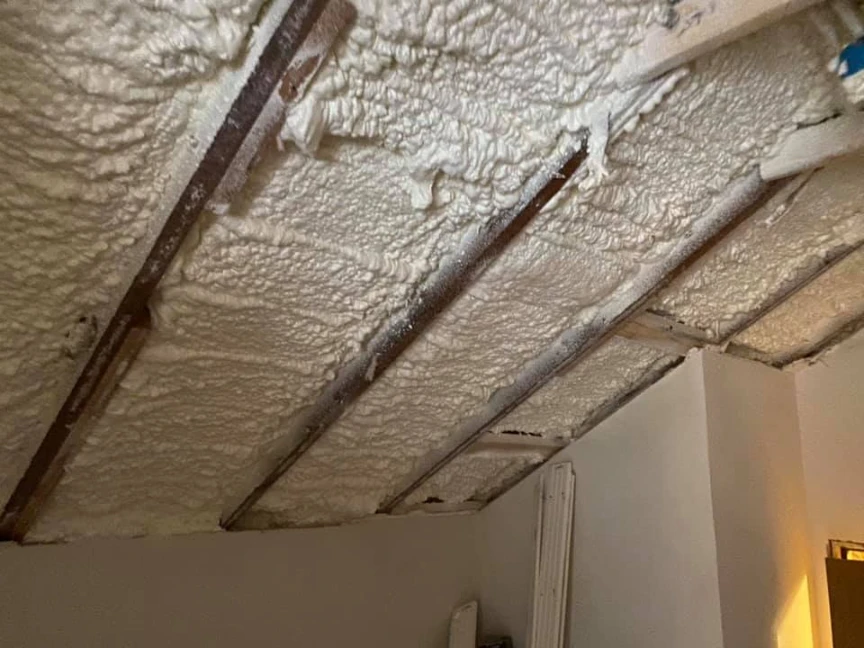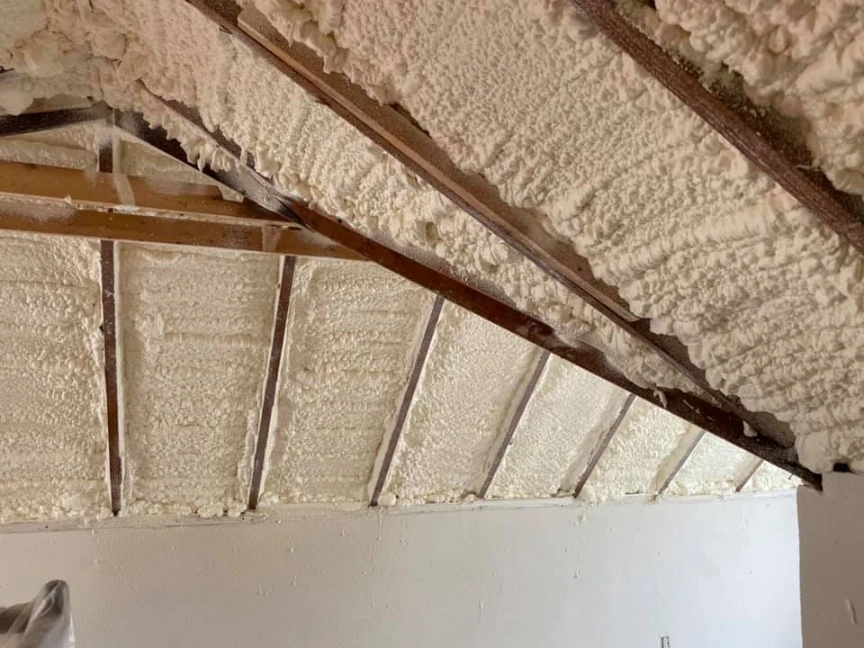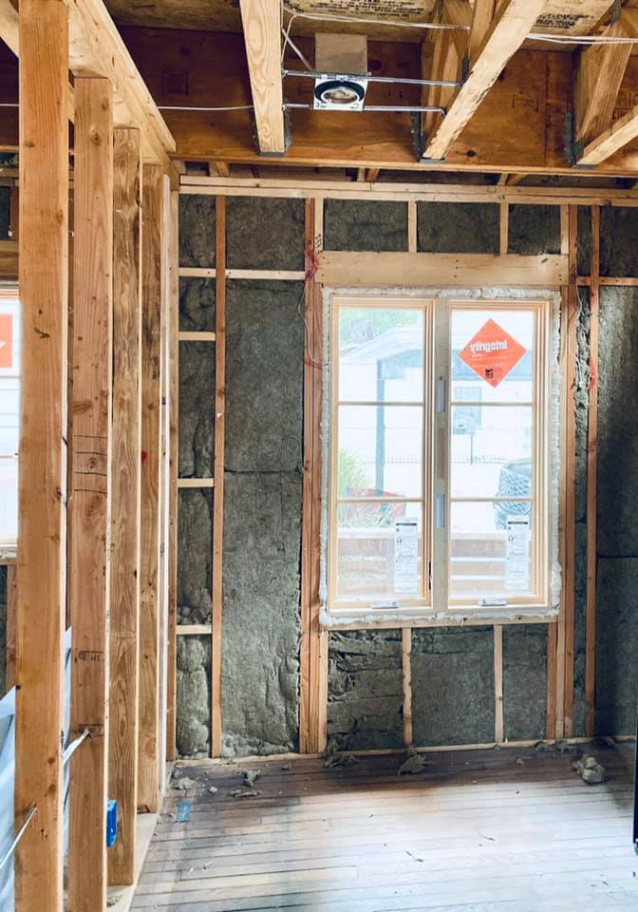A residential spray foam consultation is a comprehensive evaluation of your home to determine the most effective insulation strategy. It involves a detailed inspection of key areas like the attic and crawl space, precise measurements to calculate material needs, and a discussion about your specific goals, whether it’s lowering energy bills or improving indoor air quality. The process concludes with a detailed proposal outlining the scope of work, the type of foam recommended, and a complete cost breakdown. This guide explains each step so you know exactly what to expect.
Understanding the consultation process is the first step toward making a confident and informed decision for your home. The information provided here is based on extensive field experience conducting countless home assessments.
The Initial Conversation and Scheduling
The process begins with an initial phone call or online inquiry. During this first contact, be prepared to provide some basic information about your home, such as its approximate square footage, age, and any specific problems you’re experiencing. Common issues include high energy bills, drafty rooms, or moisture concerns in a basement or crawl space.
This initial discussion helps the insulation professional understand your needs and schedule an appropriate amount of time for the on-site visit. The goal is to gather enough preliminary information to make the in-person assessment as efficient and productive as possible.
Bonus Tip: Before the call, make a list of rooms that feel uncomfortable or areas where you suspect energy loss. This helps focus the consultation on your primary concerns.
The On-Site Assessment: A Detailed Walkthrough
The core of the consultation is the physical inspection of your property. A specialist will perform a thorough walkthrough to identify thermal weaknesses and opportunities for improvement.
Inspecting Key Areas
The inspection focuses on the primary points of energy exchange in a house. This typically includes:
- Attics: Checking for existing insulation levels, proper ventilation, and signs of air leaks through ceiling fixtures or attic hatches.
- Crawl Spaces and Basements: Looking for moisture intrusion, foundation cracks, and uninsulated rim joists, which are a common source of air infiltration.
- Walls: While less common for a standard consultation, unless it’s new construction, the specialist may use non-invasive methods to assess wall insulation if it’s a major concern.
Taking Precise Measurements
Accurate measurements are essential for a reliable quote. The specialist will measure the square footage of the areas to be insulated, such as the attic floor or the crawl space walls. They will also calculate the total volume to determine the amount of spray foam material required. These calculations directly influence the final cost.
Identifying Problem Spots
Beyond just measuring, the consultant identifies specific issues that contribute to energy loss and discomfort. This includes finding gaps around plumbing and wiring, checking for poorly sealed windows and doors, and assessing the overall “air-tightness” of the building envelope. Addressing these small leaks is a big part of what makes spray foam so effective.
Discussing Your Goals and Insulation Options
Once the assessment is complete, the conversation will shift to solutions. The specialist will explain their findings and discuss how different types of spray foam insulation installation can address your home’s specific needs.
Open-Cell vs. Closed-Cell Foam
The two main types of spray polyurethane foam (SPF) have different properties and are suited for different applications. A primary distinction is their R-value, which measures an insulation’s ability to resist heat flow. The U.S. Environmental Protection Agency’s ENERGY STAR program explains that a higher R-value indicates better insulating power. The choice between them depends on the budget, the location of the application, and the desired outcome. The global spray polyurethane foam market size continues to grow, a trend driven by increasing demand for energy-efficient building materials, according to a report by Grand View Research.
Here’s a direct comparison of their key features:
| Feature | Open-Cell Spray Foam | Closed-Cell Spray Foam |
|---|---|---|
| R-Value per Inch | 3.5 – 3.8 | 6.0 – 7.0 |
| Air Barrier | Yes | Yes |
| Vapor Permeability | Permeable (allows drying) | Impermeable (acts as a vapor barrier) |
| Density & Rigidity | Soft, flexible, and light | Dense, rigid, and strong |
| Common Uses | Attics, walls, soundproofing | Basements, crawl spaces, exterior applications |
Tailoring the Solution to Your Home
Based on the inspection and your goals, the consultant will recommend one type of foam over the other, or potentially a hybrid approach. For example, closed-cell foam might be recommended for a damp crawl space because of its moisture-blocking properties, while open-cell foam could be suggested for an attic to allow for better sound absorption. The U.S. Department of Energy notes that controlling air leakage in homes is key to reducing heating and cooling costs, a benefit that both types of spray foam insulation provide effectively.
Understanding the Proposal and Quote
After the discussion, you will receive a formal proposal. This document is more than just a price; it’s a detailed plan for your insulation project.
What a Detailed Quote Includes
A professional quote should be itemized and clear. Look for the following components:
- Material Costs: The total cost for the spray foam, specified by type (open-cell or closed-cell).
- Labor Costs: The price for the installation crew’s time.
- Preparation Work: Any costs associated with preparing the area, such as removing old insulation or covering surfaces.
- Cleanup: Details on how the area will be left after the job is complete.
- Warranty Information: Information on the manufacturer’s product warranty and the contractor’s workmanship guarantee.
Bonus Tip: Don’t hesitate to ask for clarification on any line item you don’t understand. A reputable contractor will be happy to explain everything in detail.

Things to Consider Before Making a Decision
Before you sign any contract, take a moment to review a few final points. Ensure the contractor is fully licensed and insured in your state. Ask about the project timeline, including how long the installation will take and how long you may need to be out of the house during and immediately after the application.
It’s also a good idea to discuss ventilation. A more airtight home may require adjustments to your home’s mechanical ventilation system to ensure healthy indoor air quality. According to research from the Spray Polyurethane Foam Alliance, proper ventilation is important in tightly sealed homes to manage indoor air pollutants and maintain occupant health.
Final Thoughts
A residential spray foam consultation is a straightforward process designed to give you a clear understanding of your home’s insulation needs and the best solutions available. By knowing what to expect, you can ask the right questions and feel confident in your decision to improve your home’s comfort and energy efficiency. The ultimate goal is to find a solution that fits your property, your goals, and your budget.
Get a Clear Path Forward
If you have questions about your home’s insulation or want to see if spray foam is the right choice, scheduling a detailed assessment is the next logical step. For a thorough evaluation and a clear, no-pressure proposal, contact the team at Stellrr Insulation & Spray Foam. You can reach a specialist by calling (512) 710-2839 to discuss your home’s specific needs.
Sources
- ENERGY STAR – A U.S. Environmental Protection Agency program providing official information on insulation R-values and energy efficiency.
- Grand View Research – Provides market analysis and forecasts for the global spray polyurethane foam industry.
- Spray Polyurethane Foam Alliance – An industry organization that provides technical guidelines and health and safety information related to SPF.
Your Questions About Spray Foam Consultations Answered
How should I prepare my home for the consultation?
To make the consultation go smoothly, ensure there is clear access to the areas that need to be inspected, like the attic hatch and the crawl space entrance. Removing clutter from these areas allows the specialist to conduct a thorough and safe evaluation.
Will I get a quote on the same day?
In many cases, yes. With modern software, specialists can often input measurements and calculations on-site to generate an immediate quote. For more complex projects, it might take a day or two to finalize the proposal.
Is the consultation free?
Most reputable insulation contractors, including Stellrr Insulation & Spray Foam, offer a no-obligation consultation and estimate free of charge. It’s always best to confirm this when scheduling the appointment.
What happens after I accept the proposal?
Once you approve the quote, the project will be scheduled. You will receive information on how to prepare your home for the installation day, what to expect from the crew, and the post-installation process.





